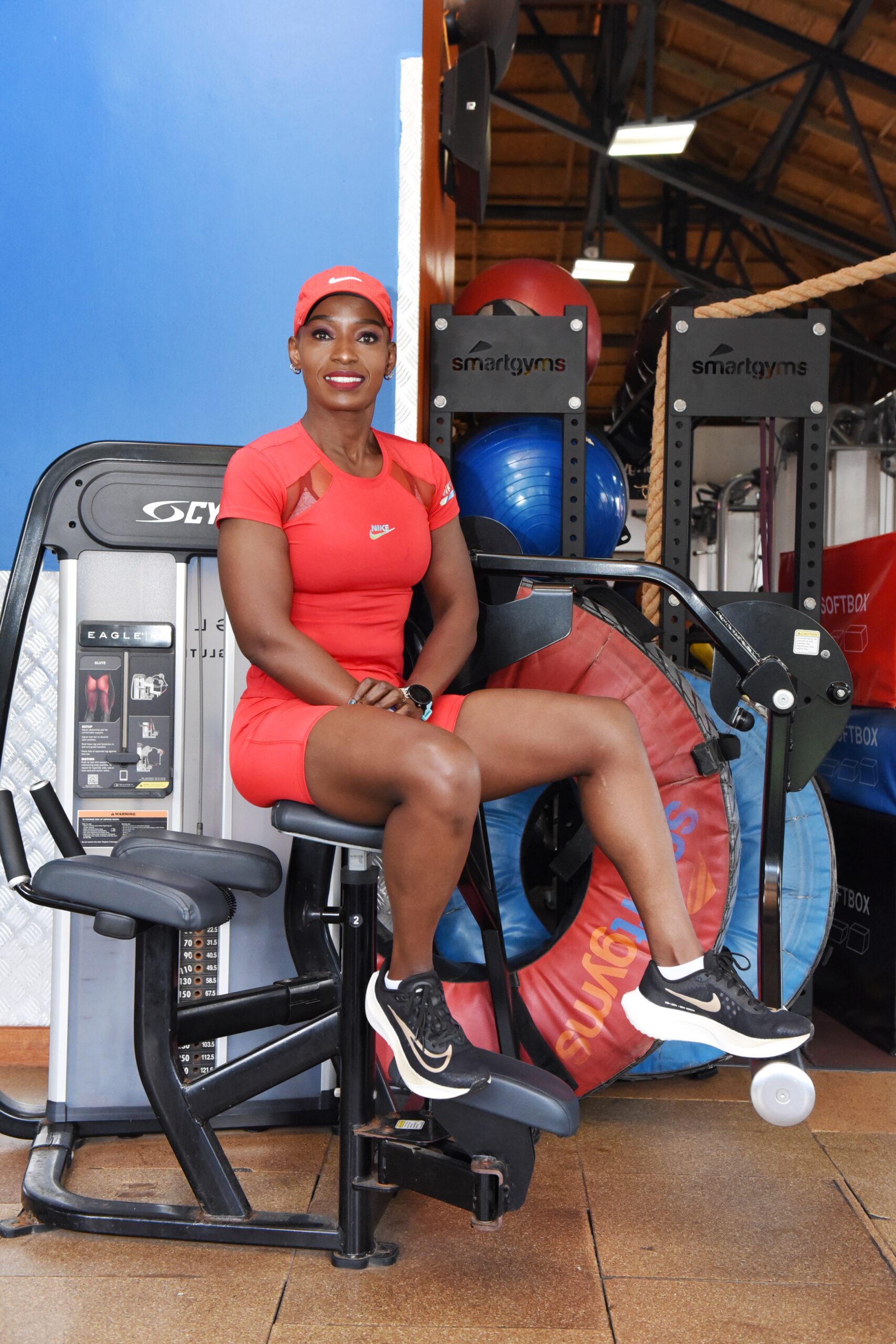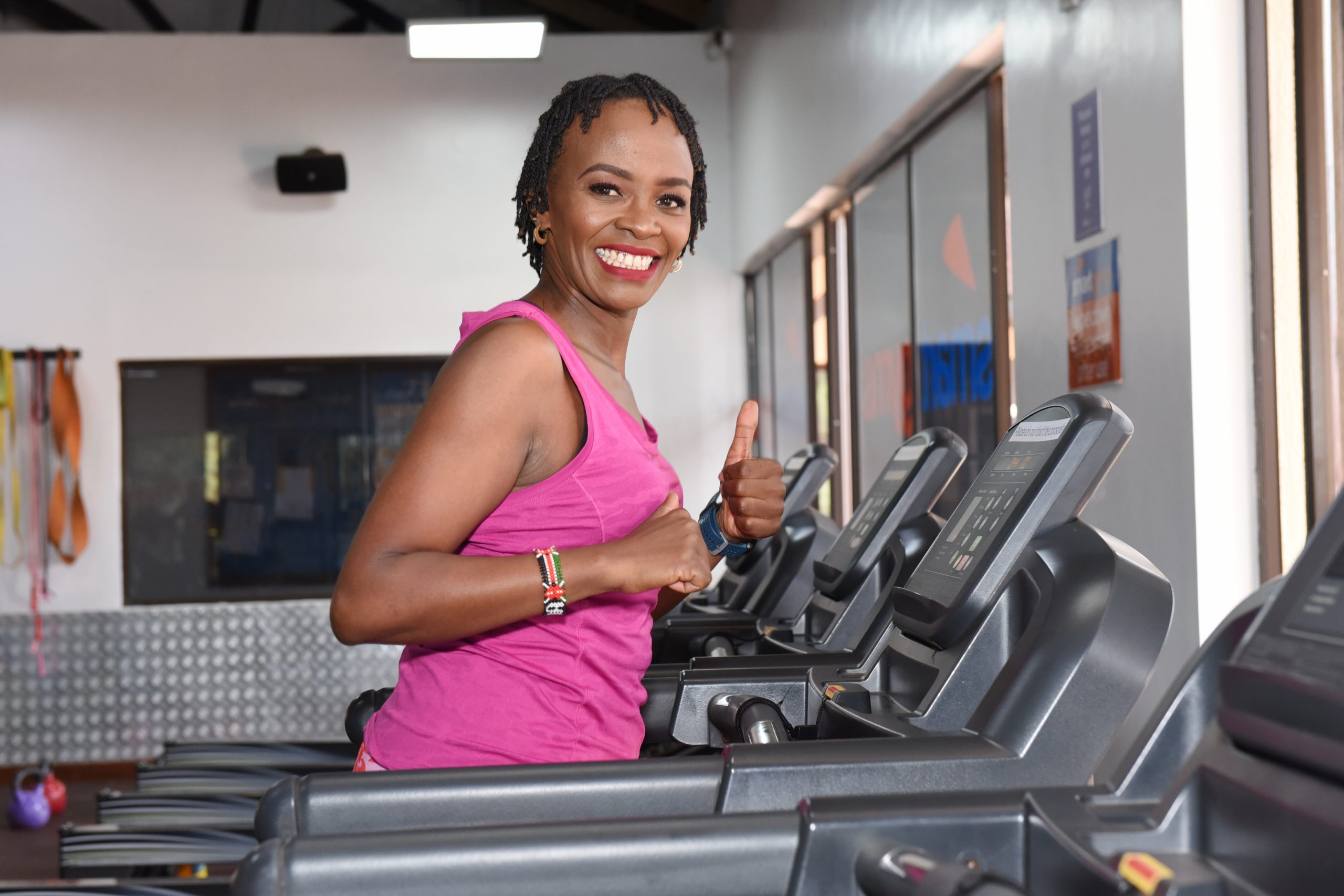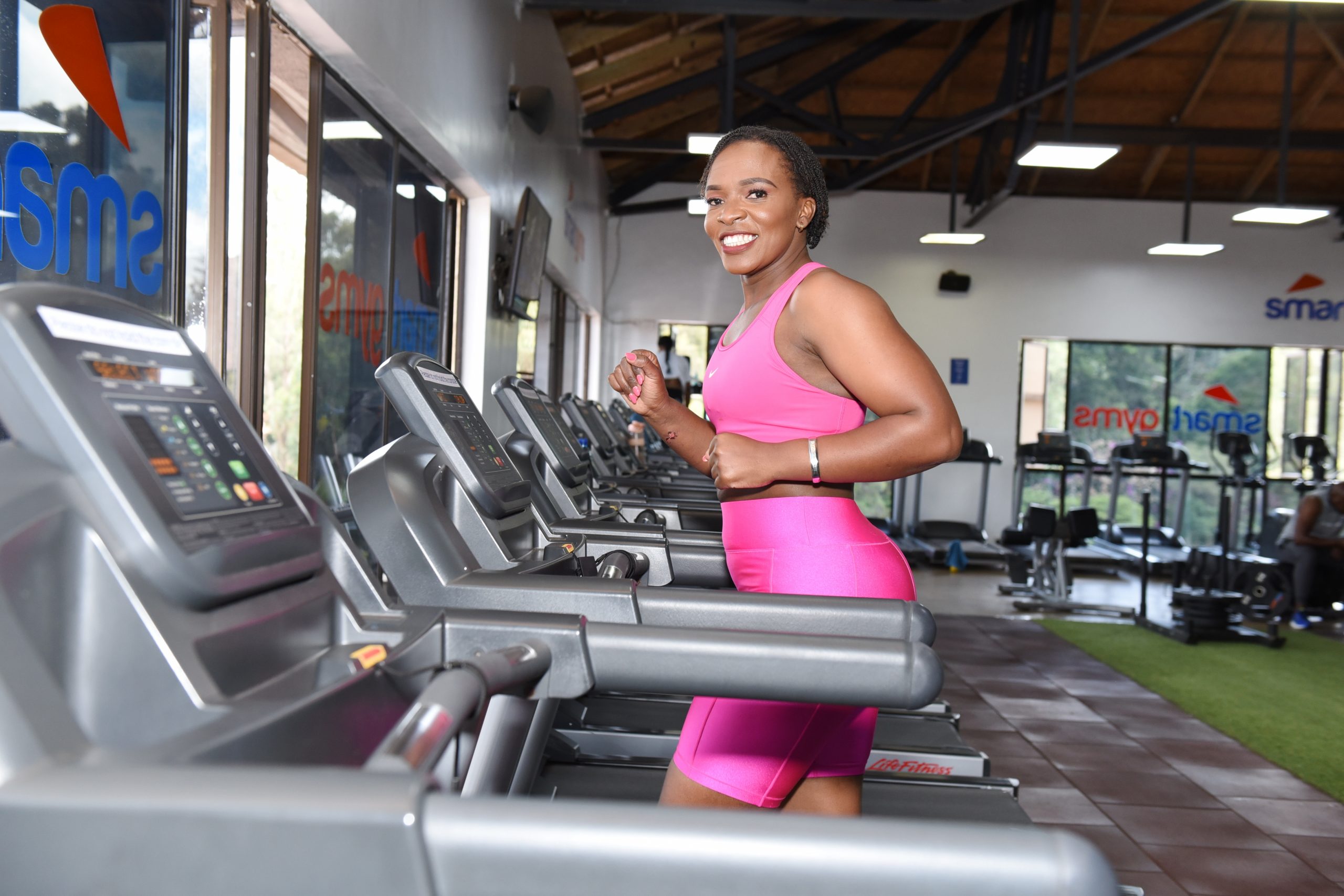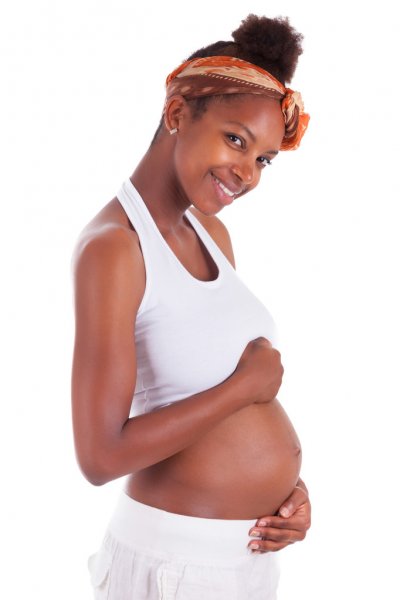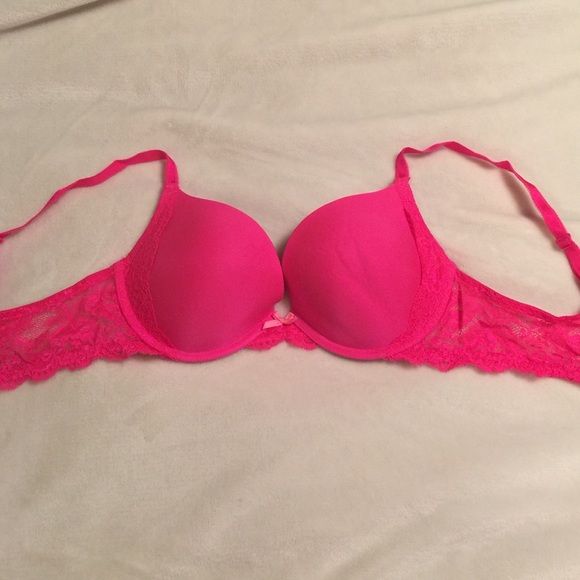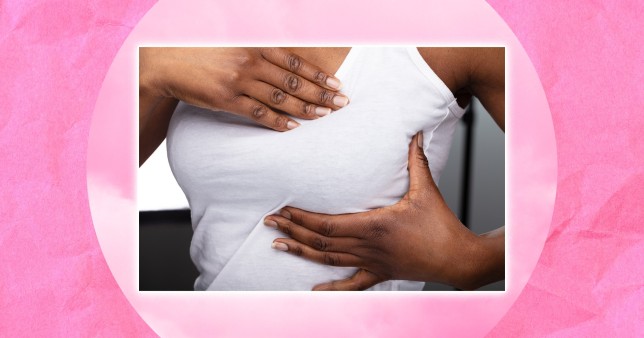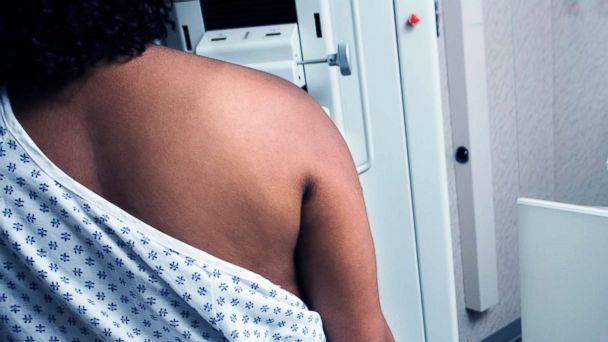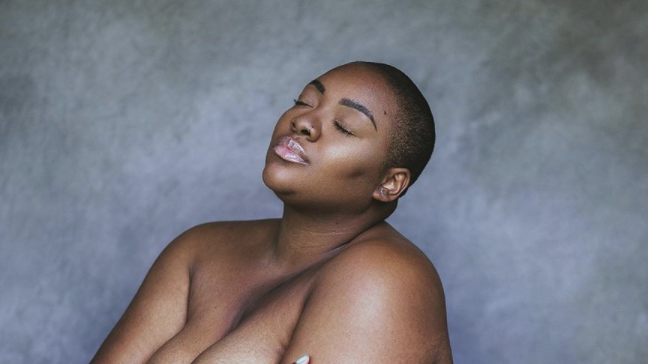My name is Immaculate Wanjira popularly known as Imms. I am a mother to 4 kids Jasmine 22, Twins Marcus 14, Marvin 14 and Janaya 6 years old. The journey It all started back in 2016, when my weight had …
My name is Muthoni aka the ‘True Nyerian 😊’, a mum to 3 kids Tania Wangui 21, Jason Ngatia 15, and Tasha Njeri 11 years. I am counting down to turning 50 years. In 2015, I was 85 kgs and …
My name is Frieda Kimanga and I am 38 years old. I am a mum of 3 kids, a Girl 10 years old and twin boys aged 3 years. Before I adopted a fit and healthy life, I feel like …
Common Breast Changes during Pregnancy Pregnancy tends to change the appearance and feel of your breasts in a number of ways, many of which can even cause discomfort. Here are some common breast changes you may notice during pregnancy. 1. …
We all know to be checking our breasts regularly for lumps and bumps to ensure we’re healthy and everything’s going along as it should. But there are other ways of keeping ourselves healthy up there that are worth investing some …
A breast self-exam is an inspection of your breasts that helps increase your breast awareness. If you notice new breast changes, discuss these with your doctor. Though most breast changes detected during a self-exam for breast awareness have benign causes, …
Breast cancer is a life threatening disease which accounts for the largest number of cancer deaths among women globally. According to a post published by ASCOT the American Society of Clinical Oncology, breast cancer is the most diagnosed cancer with …
Knowing how your breasts normally look and feel is an important part of breast health. Although having regular screening tests for breast cancer is important, mammograms do not find every breast cancer. This means it’s also important for you to …
Breast cancer often happens in women with no risk factors, but you can help yourself by adopting the following habits all year long for optimum breast health. Although most lifestyle factors influence risk of breast cancer only to a minor …


